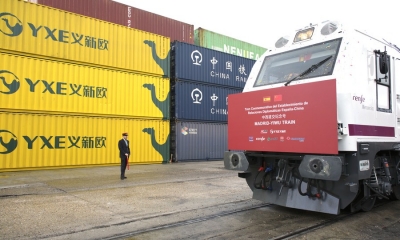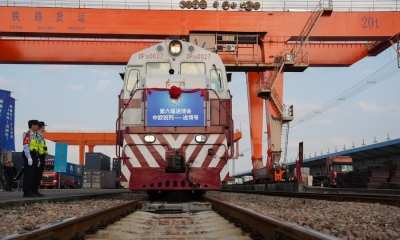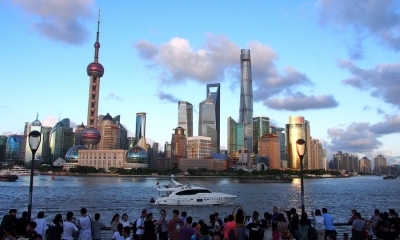Why China-Europe Trade Is Booming
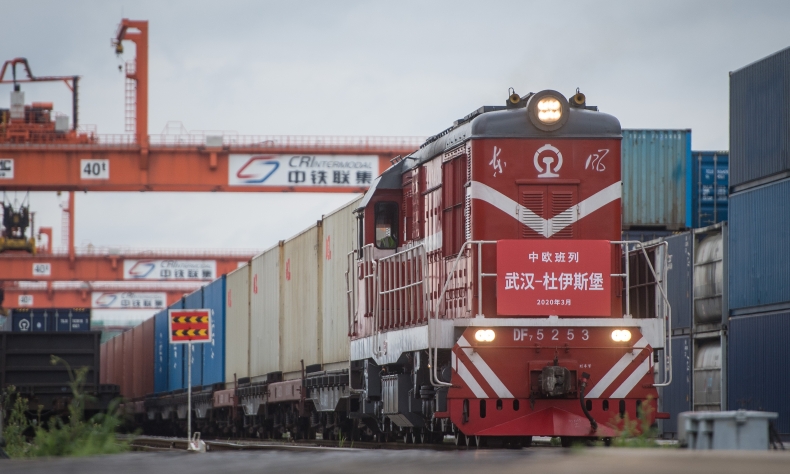
The surge of Europe-China trade is firstly a sign of the Belt and Road Initiative’s success in integrating a continent and consolidating more efficient and effective supply chains, but it is secondly a sign that political stability delivers the most cohesive results.
Last week, news came that China’s trade with the European Union had surpassed that of the United States, enabling it to become the bloc’s largest trading partner.
Throughout the course of 2020, exports of EU goods to China increased by 2.2% and imports went up 5.6%, displacing Washington as transatlantic trade slumped through the impact of the COVID-19 pandemic, as well as tariffs the previous Trump administration placed on European goods in a protracted trade war over the Boeing-Airbus dispute.
The rapid change, however, is structural and geographic rather than coincidental. China’s trade with Europe is being driven by the success of projects such as the Belt and Road Initiative’s Europe-China Railway, which has connected the Eurasian landmass with a vast freight network that has cut journey times dramatically and proved a faster and more competitive means than traditional shipping routes.
Europe and China are far apart. Even if located on the same land mass, they sit roughly 8,210 km apart and face different oceans. The journey by sea is even longer, as sailors must first navigate through the Malacca Straits, the Indian subcontinent and of course up through the Red Sea and the Suez Canal, to reach European ports, which is why Greece and Italy have been playing such a prominent role in Europe-China commerce.
However, the game is now changing. One of the most significant projects of the Belt and Road Initiative has been the construction of the “Europe-China” railway, a single route which runs all the way from Zhejiang on China’s eastern coast, through Xi’an, across Russia, and across Europe into Germany, with additional routes stretching as far west as Portugal and even across the English Channel to Britain, allowing goods to come in a matter of days, as opposed to months.
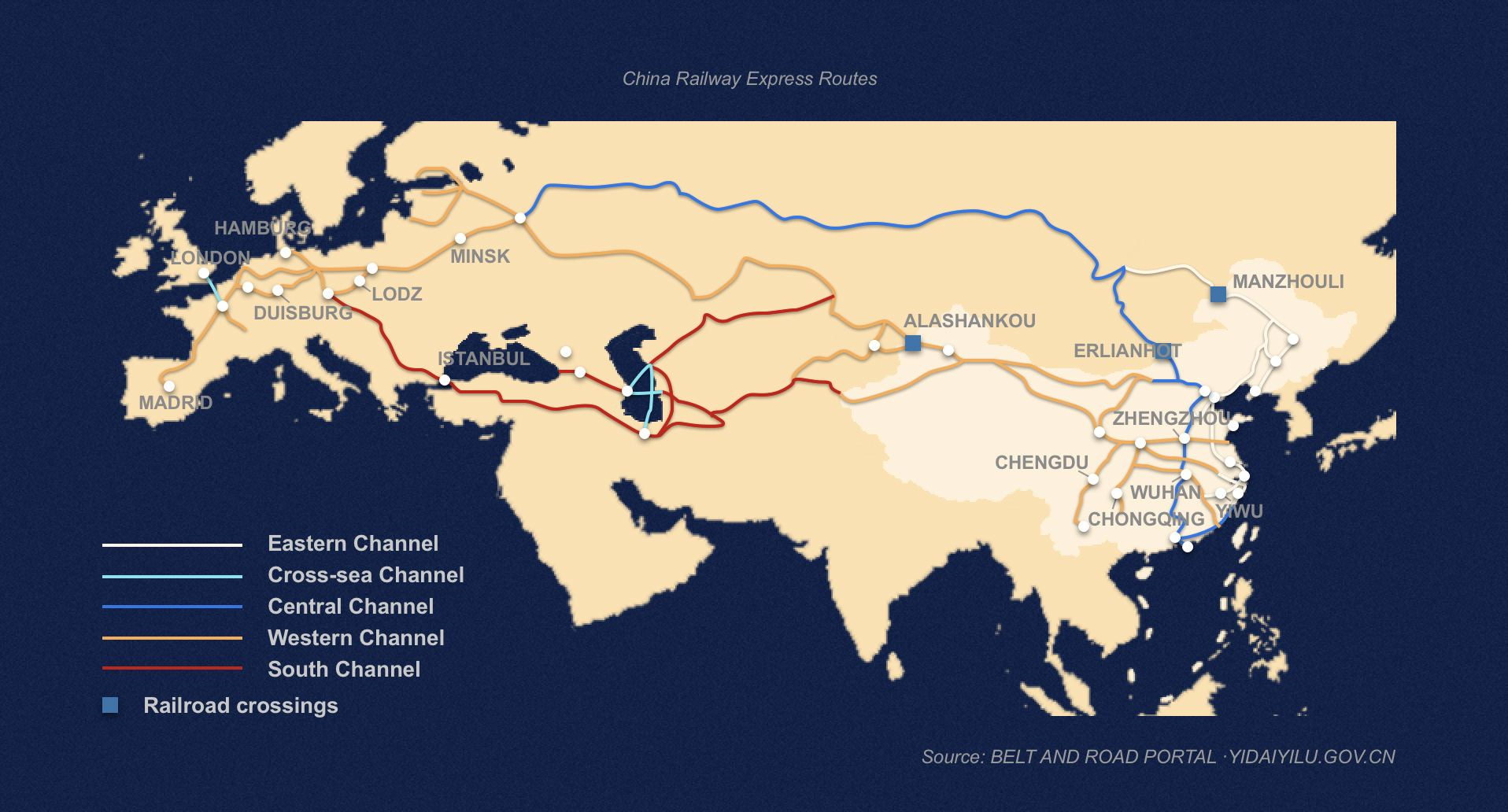
Suddenly Eurasia has changed from being an obstacle to something far more convenient. The railway, formally commenced in 2017, has gained traction year upon year.
The COVID-19 pandemic has proved to be the decisive “gamechanger,” however, enabling the railway to finally establish itself and sustain a competitive advantage. With European countries having a high demand for medical supplies throughout 2020 on an urgent basis, shipping proved to be of no use especially due to the hazards the virus brought to it, and as a result the Europe-China railway quickly generated huge demand due to its efficiency and affordability. As the Global Times noted: “A record 12,400 China-Europe freight train trips were made in 2020, up 50% from the previous year.”
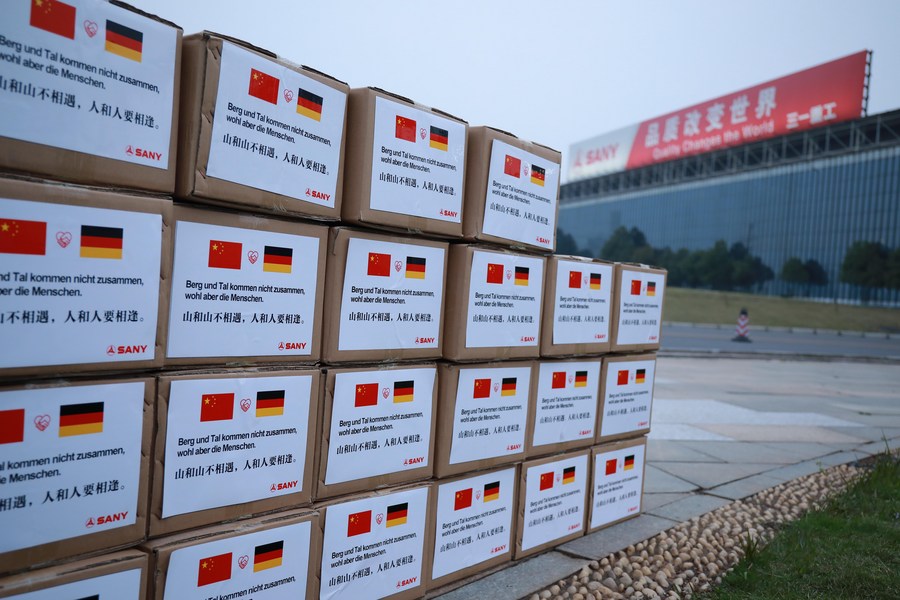
As a result of these new structural and geographical conditions, Europe-China trade has naturally surged. This is what regional integration looks like. Political conditions have also accelerated this. First of all, the U.S. administration under Donald Trump chose trade confrontation, as opposed to multilateralism, with the European Union.
Countries like Germany were treated as trade competitors for the United States rather than allies, and as a result, Trump opted for tariffs worth billions on European goods, which resulted in tit-for-tat levies.
Secondly, the European Union has not engaged in a policy of “decoupling” in the way America has against China while pursuing policies designed to disrupt or discourage trade wholesale, hence EU-China bilateral trade has been able to grow.
Thirdly, the improved trade stats are also a testament to sustained economic recovery within China. The country’s rapid ability to quash the COVID-19 outbreak and return to growth in 2020 allowed its exports to grow to record highs, as well as to keep up the pace of domestic consumption benefiting European exporters.
This contrasts sharply with the economies that struggled to contain the virus leading to repeated full-scale shutdowns over the course of the year. It is a testament to stability within the country, both as a market and in terms of supply chains and its infrastructure. China is able to deliver. The United States has not been in a position to do any of that, despite its politicized attacks against Beijing on a spectrum of issues.
Given this, the surge of Europe-China trade is a sign of the times. It is firstly a sign of the Belt and Road Initiative’s success in integrating a continent and consolidating more efficient and effective supply chains, but it is also secondly a demonstration that political stability, a sound handling of COVID-19 and a multilateral foreign policy deliver the most cohesive results. The EU and China are the world’s two largest single markets, and will continue to mutually benefit from each other on a grand scale.
The author is a British political and international relations analyst and a graduate of Durham and Oxford universities. He writes on topics pertaining to China, the DPRK, Britain and the U.S.
 Facebook
Facebook
 Twitter
Twitter
 Linkedin
Linkedin
 Google +
Google +




